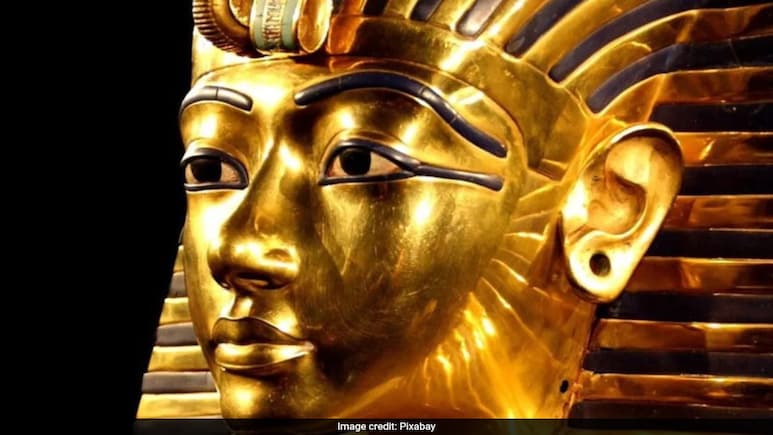
- Tutankhamun's tomb faces collapse risk due to cracks, water damage and fungal growth
- A fault line in the tomb ceiling allows rainwater to saturate the weak Esna shale rock
- Long-term flash flooding and faults have caused instability and damage
Iconic tomb of Tutankhamun, the thirteenth pharaoh of the Eighteenth Dynasty of ancient Egypt, is facing a serious threat of collapse due to cracks, water damage and fungal growth, a study published in Nature's npj Heritage Science journal noted.
The tomb, discovered by the British archaeologist Howard Carter on 4 November 1922, consists of four main chambers, which are the entrance, the antechamber, the burial chamber and the treasury. The structure of the tomb is compromised, with a prominent fault line running through the ceiling of both the antechamber and burial chamber. This fault allows rainwater to seep in, saturating the weak Esna shale rock, as the study mentioned that fissures have been generated.
Also Read | Police Release Video Of Space Junk That Fell In Australia, Likely Part Of Chinese Rocket
"This tomb has been subjected to long-term impacts from both flash flooding and major faults, Dr Sayed Hemeda, who is the author, wrote. "As a result, it has experienced varying degrees of instability and damage, which have progressively worsened over time."
With the help of geotechnical modelling and calculations, the researcher analysed the persisting issues using high-performance PLAXIS 3D software with a jointed rock model. The study also employed numerical simulations to investigate the effects of flash flooding and the major fault intersecting the tomb on its stability.
"The study identifies the main factors influencing the stability of the ceiling of the antechamber and burial chamber, the deformation and failure modes and key areas, and the current stage of the tomb's stability was determined," the study noted.
The study aims to provide valuable suggestions for future reinforcement measures. It concludes with suggesting "minimise humidity fluctuations to preserve the tomb by regulating its internal environment and implementing a focused programme of reinforcement and conservation".
Also Read | All About Asteroid 2025 PN7, Earth's New Quasi-Moon
Meanwhile, The Independent reported that humidity damage isn't the only factor. Mohamed Atia Hawash, who is the Professor of Architectural Conservation at Cairo University's Faculty of Archaeology, said that large fractures are present on the mountains surrounding the Valley Of The Kings, which could result in the collapse of the tomb if rock masses break off.
"A disaster could strike at any moment, and if the Valley of the Kings is to be preserved, action must be taken before it is too late," Professor Hawash said as quoted. He said it is a "stark warning that must be heeded."
Track Latest News Live on NDTV.com and get news updates from India and around the world

